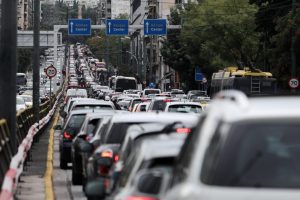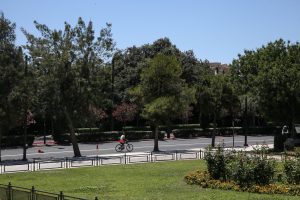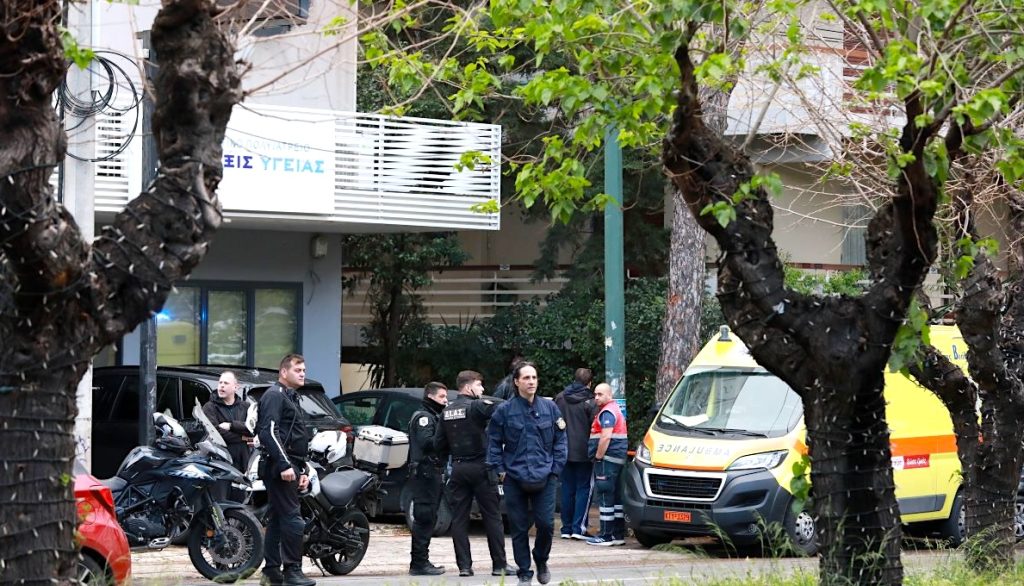Beginning today, the traffic regulations known as “daktylios”, or “ring” in Greek, have been reactivated. The regulations are intended both to reduce traffic, and also to combat air pollution. A walk through the archives of “TO VIMA” and “TA NEA” show how the regulations were first put into place over three decades ago, albeit amidst some controversy.

“In the industrial sector, the permanent measures against the smog” «ΤO BHMΑ», 16.1.1982, Ιστορικό Αρχείο «ΤΟ ΒΗΜΑ» | «ΤΑ ΝΕΑ»
In 1979, Athens was suffocating amidst an unfavorable cocktail of traffic and air pollution from vehicles and industrial production. Smog often cloaked the city, and the concept of traffic restrictions was first posited. A few years later, in January 1982, the proposal– of alternating which single-occupancy vehicles could enter the city center– was placed in public commentary. These regulations were first presented as as emergency measures to be applied “only when pollution becomes dangerous”.
A few months later, in May 1982, forecasts predicted dangerously high levels of pollution. The government of Andreas Papandreou, with Antonis Tritsis as Minister of Planning, Housing and the Environment, implemented the emergency measures for the first time.

“Today odds, tomorrow evens for the smog” «ΤO BHMΑ», 11.5.1982, Ιστορικό Αρχείο «ΤΟ ΒΗΜΑ» | «ΤΑ ΝΕΑ»
As written in “TO VIMA” on May 11, 1982:
“The forecast in meteorological conditions which will worsen over the next two days forced the authorities to put in place the emergency measures to deal with the capital’s smog. Thus, today the private cars with odd-number plates may circulate, and tomorrow the private cars with even-number plates. […] The operation of furnaces, foundries, asphalt plants, quarries and crushing mills is stopped and the operation of incinerators is prohibited. Additionally, the working hours of public services, banks and public utilities are reduced by one hour.”
Yet public debate continued regarding the the air pollution and constant traffic, and if the government should implement more drastic and permanent solutions. The two main proposals were either the permanent extension of the urgent smog measures regardless of air pollution levels, or only implementing them ad hoc dependent on pollution levels.

“When we bought a second car for the ‘only evens’, I didn’t imagine we would reach the point of also buying a taxi to move around the center.” «ΤΟ ΒΗΜΑ», 26.5.1982, Ιστορικό Αρχείο «ΤΟ ΒΗΜΑ» | «ΤΑ ΝΕΑ»
As published in “TO VIMA” on May 26, 1982:
“While the blockade in the center of Athens for private cars is accepted as an ‘urgent measure’ to deal with smog, objections are raised to making it permanent as a measure for traffic as well.”

“Closed for everyone the private cars in the center” «ΤO BHMΑ», 29.5.1982, Ιστορικό Αρχείο «ΤΟ ΒΗΜΑ» | «ΤΑ ΝΕΑ»
Ultimately, it was decided the measures would be implemented regardless of the air pollution levels.
In “TO VIMA” on May 29, 1982, it was announced that the traffic regulations would hold standard through June. There were at the time protests protests from downtown shopkeepers who argued the traffic restriction measures also brought a reduction in their sales.
The traffic ring was again implemented in mid-September 1982, and after a brief suspension of the measures at the end of December, the ring road returned in January 1983 and have since remained a permanent part of life in Athens.






